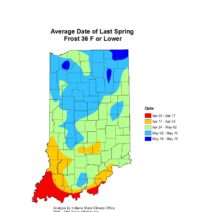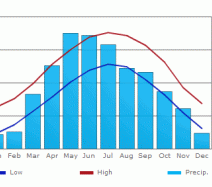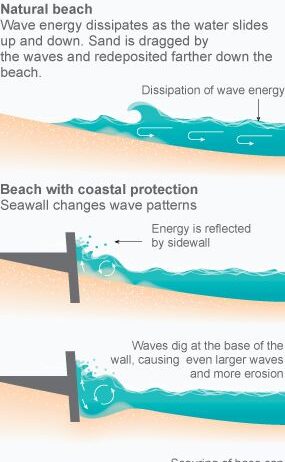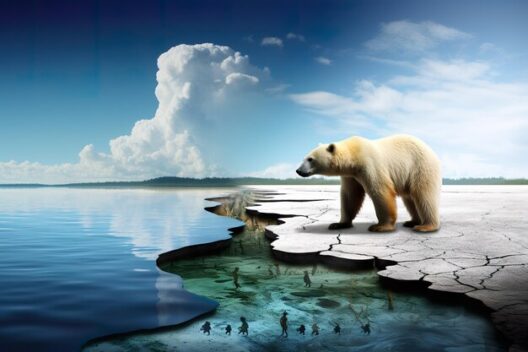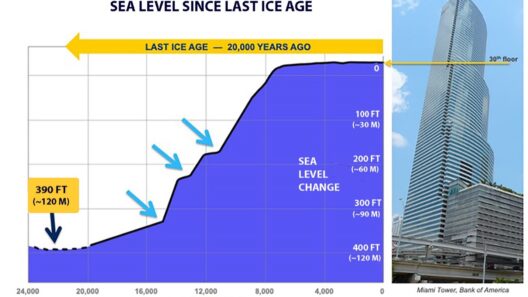Rising sea levels represent one of the most daunting challenges of our time. As global temperatures rise due to climate change, the consequences are felt far beyond mere atmospheric alterations. The steady increase in ocean levels is a multifaceted problem that affects ecosystems, economies, and human settlements alike. Understanding these implications becomes crucial for policymakers, environmentalists, and communities at risk.
Several factors contribute to rising sea levels, including thermal expansion of seawater and the melting of glaciers and ice sheets. While the impact varies geographically, the potential ramifications remain universally alarming.
Coastal Ecosystems Under Threat
The delicate balance of coastal ecosystems is increasingly threatened by rising sea levels. Mangroves, salt marshes, and coral reefs are particularly vulnerable. These habitats serve as critical buffers for coastal communities, providing protection against storm surges and flooding. They also support a diverse array of wildlife, which depends on these ecosystems for sustenance.
As seawater encroaches upon these environments, salinity levels increase, disrupting the growth of essential plant species. For instance, mangroves that thrive in brackish waters may find themselves overwhelmed by the more saline conditions resulting from ocean intrusion. The loss of these trees can lead to a domino effect, where the entire food web suffers. Furthermore, corals face existential threats due to temp fluctuations and ocean acidification, both of which are exacerbated by climate change. Healthy coral reefs are essential for maintaining marine biodiversity, illustrating how interlinked these ecosystems truly are.
The Displacement of Communities
The human cost of rising sea levels is profoundly concerning. Millions of people residing in low-lying coastal areas face the reality of displacement. Cities like Jakarta, Miami, and New Orleans are already witnessing the devastating effects of sea level rise. In some parts of Bangladesh and the Maldives, entire communities may become uninhabitable within the next few decades.
Displacement leads to numerous socioeconomic issues, including increased poverty and loss of livelihoods. In many cases, those most at risk are already marginalized populations, unable to adapt or move to safer areas. The intersection of climate justice and human rights comes to the forefront, demanding urgent action. Addressing the displacement crisis will require adaptive strategies, including construction of sea walls, restoration of natural barriers, and investment in resilient infrastructure.
Economic Consequences of Ocean-Level Rise
The economic implications of rising sea levels are vast and far-reaching. Coastal industries such as fishing, tourism, and transportation will face unprecedented challenges. Factors such as shoreline erosion, increased flooding, and saltwater intrusion will disrupt these economic activities.
For the fishing industry, alterations in marine biodiversity can lead to diminished fish stocks, impacting livelihoods and food security. In tourist-dependent areas, declining beach quality and increased flooding can deter visitors, causing significant financial loss. The broader impact extends to property values; as the risk of flooding increases, so too does the fear among potential homebuyers, leading to a decline in property prices.
Investments toward adaptation and mitigation will be imperative. Governments and businesses must prioritize building infrastructure that can withstand the realities of a rising ocean. This includes updating zoning laws, investing in green technology, and embracing sustainable development practices aimed at reducing carbon emissions.
Global Responsibility and Future Strategies
Addressing the issue of rising sea levels requires a concerted global effort. International organizations, governments, and communities must collaborate to create comprehensive strategies aimed at mitigation and adaptation. The Paris Agreement represents a crucial step toward global climate action, though the commitment to reducing greenhouse gas emissions must be even more robust.
In addition to policies aimed at reducing emissions, localized measures are equally vital. Coastal restoration efforts, such as replanting mangroves and wetlands, can enhance natural defenses against sea level rise. Community engagement is key; educating residents about the risks they face and possible adaptive measures fosters resilience.
Innovative engineering solutions, such as floating structures and flood-resistant designs, can redefine how we approach living and working in coastal areas. Traditional methods of city planning may no longer suffice, and the integration of climate science into urban planning is becoming increasingly essential.
Ultimately, the sustained commitment of individuals, communities, and nations is required to combat the pervasive issue of rising sea levels. Advocacy and awareness will play critical roles in promoting change and ensuring future generations inherit a planet that is not only habitable but thriving.
The impact of rising sea levels is an inescapable reality that we cannot ignore. Continuous action, informed by research and a deep understanding of these dynamics, is essential for preserving our ecosystems, safeguarding communities, and ensuring economic stability. The true cost of inaction is far too great.
